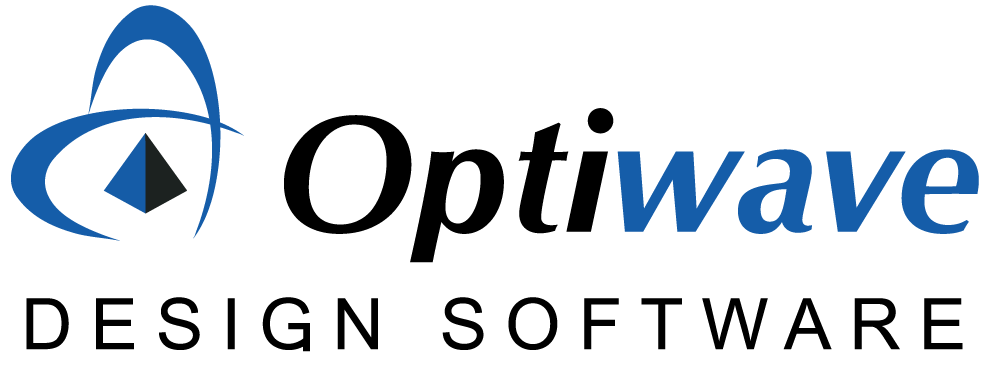Base
| Full Name | Jing Wang |
| Organization | Optiwave Systems Inc. |
| Job Title | Research Scientist |
| Country |
Forum Replies Created
you may refer to Lesson 15:
can you please provide more information on what you want to simulate, like a paper or figure?
Hi Mahmoud,
1. yes, it is able to draw hexagonal shape.
2. transverse modes can be solved for different structure sizes.
hi,
1. when run a project file in Designer, the simulator will be launched.
2. I have no idea due to the insufficient info. you gave.
Regards
there are many basic errors in your project file. you are advised to follow some examples step-by-step first.
when use a Gaussian pulse for a resonator, the no. of time steps should be large enough so that the response in time domain can delay to a very small value (for example, 0.1 % of the peak value).
we only have S-Bend Arc/Sine/Cosine waveguide, as shown in the attchment.
You may refer to Page 41-42 of “OptiFDTD_Technical_Background” for details.
I am afraid I have no idea what is shown there. Could you please describe what happened?
Here is an example for Q factor of PhC cavity:
i am afraid fdtd can not give noise in fiber.
It would help for your project if you follow “OptiFDTD_Getting_Started.pdf”.
In previous version of OptiFDTD, there existed 2 options to obtain spectral response – FFT and DFT. The frequency domain sampling step was 1/(2N*Dt) for FFT. For DFT, it gave spectral response for a series of wavelengths which was identified by users. the more selected wavelengths, the slower DFT (FDTD) runs. so a max. number on sampling points (e.g. 200) was set. We removed FFT some time ago and only keep DFT.
no attachment shows.
I am afraid the fitting to dispersive model is only for guys with purchased licenses of OptiFDTD.
Hussein, as indicated in our emails, I am afraid your simulation results are not right.
you performed a CW FDTD, while you were checking the power spectrum for a large wavelength range.

